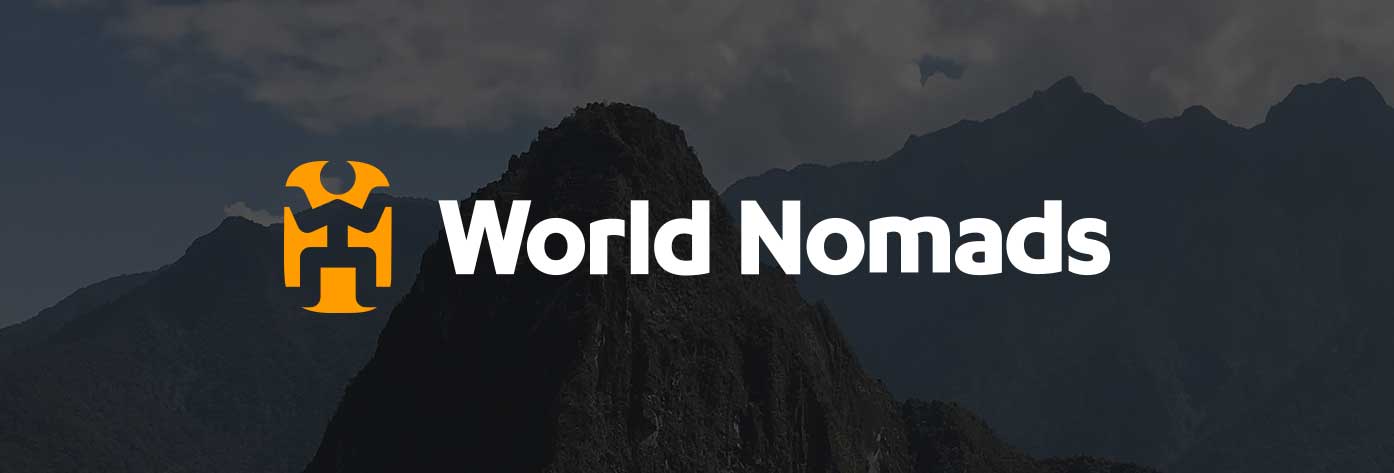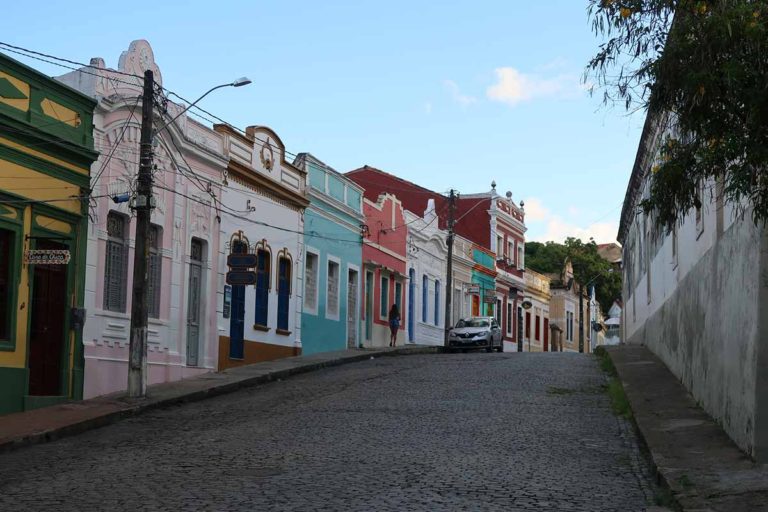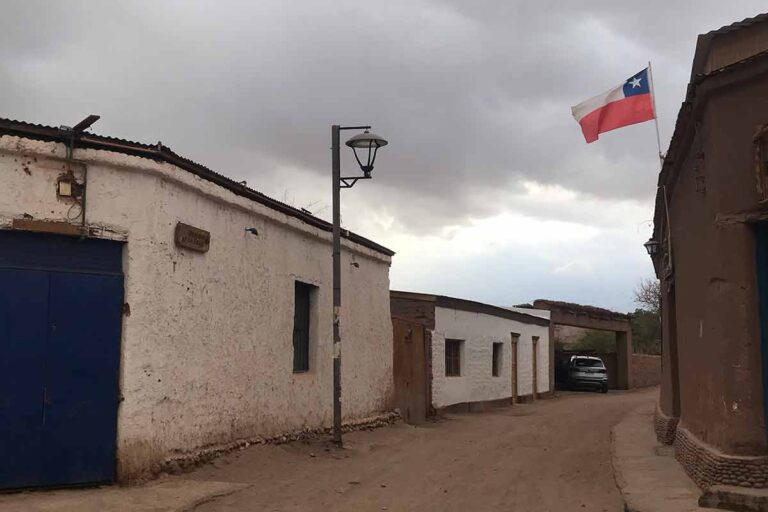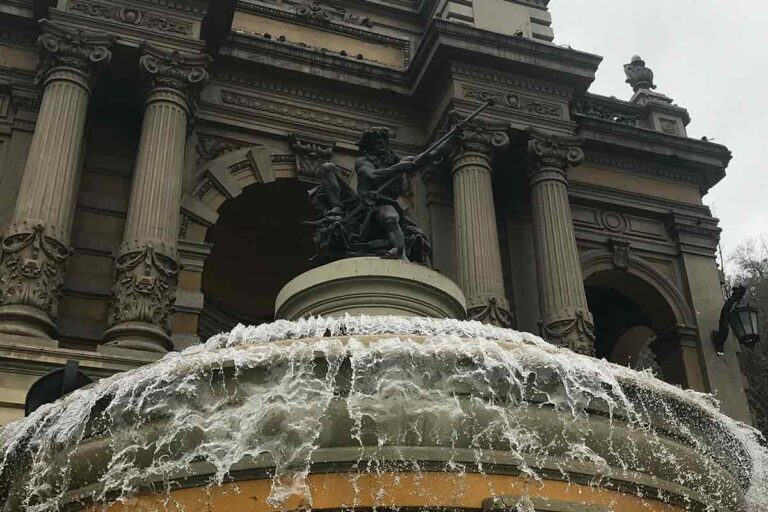How many days in Machu Picchu?
When traveling to Peru, how many days in Machu Picchu do you need?
Arguably the most popular site in all of Peru, Machu Picchu is a legendary Inca citadel that sits on top of a mountain.
Whilst incredible in its own right, the experience of getting there is just as unforgettable.
How Many Days in Machu Picchu
In this guide, we’ll look at why you should visit Machu Picchu, how many days are needed here, the best time to visit and much more.
Is Machu Picchu Worth Visiting?
Let’s look at some of the best reasons why you should visit Machu Picchu.
- Full of History – This ancient complex was once believed to be an important religious site, and just by looking at the place you can see why it was taken so seriously. Built around 1450, Machu Picchu still retains many of its original structures such as temples and houses, that give a better glimpse into life in the Inca times.
- Seriously Impressive Views – We can’t deny it – even despite the hype, the views still baffled us. The best time to head to Machu Picchu is in the very early morning when it’s at its quietest. Here you’ll see the sunrise pierce through the clouds, proving to be a fitting backdrop for what is a great site.
- A Sense of Adventure – Whilst Machu Picchu is incredible (as you’ve already read countless times), getting here is an experience in itself. Whether you opt for the multi-day Inca Trek or walk along the hidroeléctrica track, the scenery you’ll pass in the mountains and jungle will seriously blow your mind.
How many Days do you need to visit Machu Picchu?
This depends on how you’ll be getting to Machu Picchu. The quickest way would be within one day, but even then you’ll be arriving and leaving pretty quickly.
The best way for most tourists is two days, with the first night spent in the pretty, mountainous town of Aguascalientes.
Otherwise, for those heading on the Inca or Salkantay Trails, you’re going to need 5+ days for all of the hiking and stops along the way.
We recommend heading with this highly-rated Inca Trail tour, which includes all equipment, meals and admission tickets
Is Machu Picchu Safe?
The site is very safe since rangers and officers protect it 24/7 for preservation purposes. Whilst the walk-up can be somewhat tricky (lots of stone steps), as long as you’re wearing good hiking shoes then you’ll be fine.
Just be careful when heading during the wet season, since some of the surfaces can get somewhat slippery. See our Machu Picchu safety guide for more tips.
How to get to Machu Picchu from Cusco?
There are three main ways to get to Machu Picchu from Cusco.
The first (and most memorable) is via a multi-day trek like the Inca Trail or Salkantay Trek. Here you’ll pass through some truly stunning mountains and sceneries, whilst simultaneously battling the high altitudes.
This is the most expensive option, and spaces are limited since only a certain amount of hikers can be on the trail at any one time.
The second way is to head independently to the hidroeléctrica track, and then walk along to Aguascalientes (which marks the entrance up to Machu Picchu). To do this, you’ll first need to take a shuttle from Cusco to Ollantaytambo, and then another to the start of the train track.
The walk along takes around 2-3 hours, depending on your fitness level. It’s best to spend the night in Aguascalientes before heading up to Machu Picchu the following day.
Last but not least, is to go with a tour, which is the most efficient way. You’ll have all logistics sorted up to the hidroeléctrica track, and even then you can pay a little more to take the scenic train into Aguascalientes.
This option will also include your entry ticket into Machu Picchu, at a set time agreed between you and the agency you booked with.
Regardless of which option you pick, prices seem to vary and are constantly changing, so be sure to do some of your own independent research here.
Best time to visit Machu Picchu?
Machu Picchu is located between the Andes and the Peruvian Amazon, and as such has a warmer and more tropical feel when compared with Cusco.
Annual temperatures range from 45-50°F, so it’s still going to be slightly chilly when you visit (it is on top of a mountain after all). Having said that, even in the cooler months like September, the sun can get pretty warm during the day too.
What can vary is the rainfall. The dry season is the best time to visit, which runs from April until October. You can expect anywhere from 2-3 inches falling throughout each of these months. The wet season, which starts in November and ends in March, is wetter with between 3-5 inches for each month.
The dry season is a more expensive time to visit since it’s more popular, and also as it’s during the usual holiday times. For those looking for a mixture of good prices and decent weather, consider heading in October or April (the shoulder seasons).
Regardless of when you visit Machu Picchu, you will need some high-quality hiking boots. We recommend this pair for the guys, and also this pair for the ladies.
Got travel insurance for Machu Picchu?
Considering travel insurance for your trip? World Nomads offers coverage for more than 150 adventure activities as well as emergency medical, lost luggage, trip cancellation and more.
How many days in Machu Picchu?
And that’s all for our travel itinerary for Machu Picchu.
This stunning site is known as one of The New Seven Wonders of the World, and for a good reason too. Just looking at a photo will prove its worth; trust us, being there in person is simply an indescribable experience.
In this guide, we’ve explored why you should visit Machu Picchu, our top safety tips, the best time to visit as well anything else you’ll need to know.
Why not read our backpacking Peru itinerary for more travel advice?
👉🏽 P.S. If you’ve found this guide helpful, buy us a coffee here to say thanks! Or, support us by downloading our South America Travel Bible to get our best content.
“Dear traveler! Some links in this post contain affiliate links. Meaning, if you click through and make a purchase, book a hostel or sign up for a tour, we may earn a small commission at no additional cost to you. Your support means a lot and helps us to carry on traveling and maintaining the quality of this site for you.”








